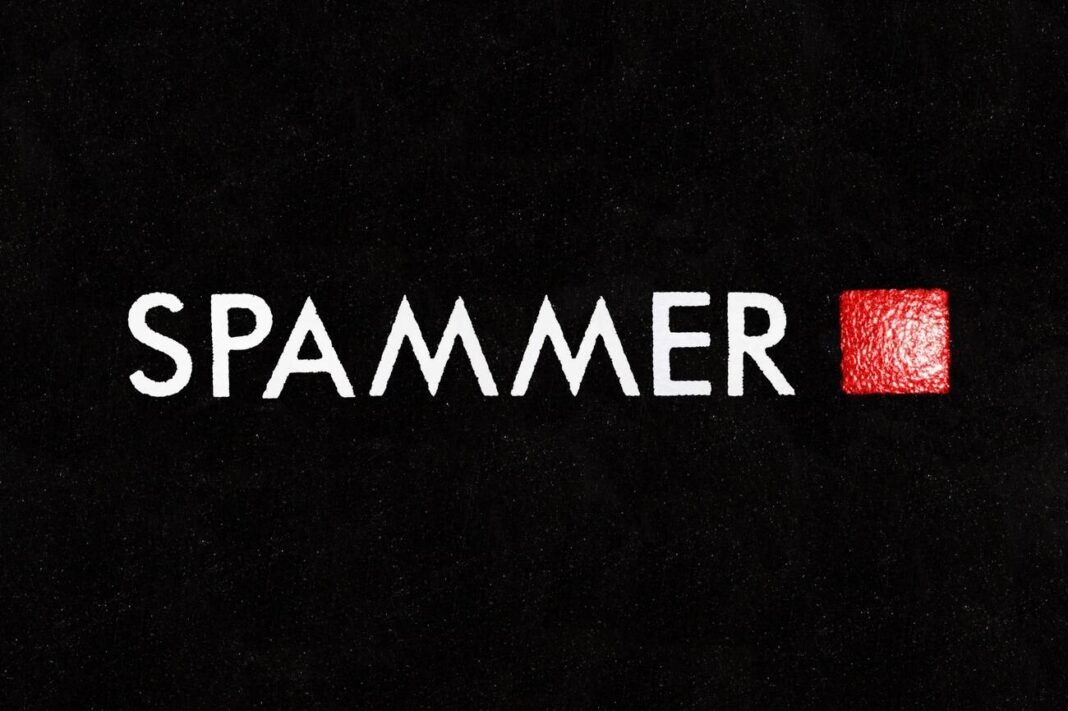With a digital sphere saturated by fleeting content and infinite distractions, the thoughtful use of catalog printing stands out as an anchor in the choppy waters of marketing strategies. It’s a medium that refuses to go silent against the fireworks display of digital promotions. It’s about the tactile impression, the unspoken connection that catalogs establish with clientele by their physical presence, a connection that fast-scrolling digital ads and pop-up banners can hardly match. But the merit of Catalog Applications doesn’t rest on nostalgia or sensory appeal alone—it lies in their ability to weave seamlessly into omnichannel strategies, offering a marketing symphony where each touchpoint plays its tune harmoniously.
Why Catalogs Remain Relevant in the Digital Era
The resilience of print catalogs comes from their enduring sensory appeal. The act of leafing through glossy pages, the weight of the catalog in one’s hands, and the vibrant visuals therein engage multiple senses that digital media can scarcely activate. The permanence of a catalog can make a brand’s message resonate longer and more robust. Unlike digital ads, which are easily dismissed and forgotten, catalogs remain physically in consumer spaces, reminding them to engage with the brand. This enduring presence can significantly boost brand awareness and lend itself to deeper consumer relationships. Even amidst the momentum of digital transformation, catalogs can complement web-based platforms by offering a distinct and steady voice in a fast-paced marketplace.
The Role of Catalogs in Omnichannel Marketing Strategies
Omnichannel marketing is not just a buzzword; it is the strategic orchestration of multiple channels to provide a unified brand experience. Catalogs are an integral component of this approach. Catalogs can effectively liaise between the immediacy of digital interactions and the tangibility of physical storefronts, connecting the dots along the customer journey. They encourage consumers to dialogue with the brand across platforms—reading the catalog at home, visiting the physical store, or scanning a QR code to land on a digital page, crafting a cross-channel narrative that no single type of media could do.
Personalization and Segmentation with Catalog Marketing
The notion that one-size-fits-all messaging will resonate with every potential customer must be updated. Each consumer segment has unique traits and preferences that can be addressed through personalized catalogs. Strategically crafted catalogs that use customer data analytics can be powerful tools. They can be tailored to showcase specific products that appeal to individual customer segments or offer promotions that align with their past purchasing behavior. Beyond targeted product offerings, personalization can extend to content, imagery, and even the format of the catalog itself, making each copy not just a sales tool but a curated experience that resonates with the recipient.
Catalog marketing has evolved beyond generic mass mailings to become a highly targeted and personalized strategy. By leveraging customer data and segmentation techniques, businesses can create catalogs that speak directly to the interests and preferences of different consumer segments. This level of customization fosters a deeper connection between the brand and its audience, increasing the likelihood of conversion and fostering long-term loyalty. Moreover, personalized catalogs can showcase related products or complementary items based on past purchase history, encouraging upsells and cross-sells. In an era where consumers expect tailored experiences, personalized catalog marketing offers a competitive advantage by delivering relevant content directly to the consumer’s doorstep.
Integrating Customer Data
Leveraging customer data to inform the content and design of catalogs can have a transformative impact on their effectiveness. By analyzing purchasing history, seasonal buying patterns, or even browsing behavior on digital platforms, businesses can adapt their catalog strategies to engage specific customer segments more effectively. These data-driven insights enable the personalization of catalog content, ensuring that the products and services align closely with customer interests, potentially leading to higher engagement and increased sales.
Integrating Catalogs with Digital Marketing Tools
Now, consider the modern consumer’s digital trackability and how it intertwines with traditional catalog marketing. By embedding technology like QR codes or augmented reality within the catalog pages, marketers can transport readers from the paper in their hands to multimedia content on their devices, fostering a deeper brand engagement. These technological bridges convert interest into action, urging the consumer to jump effortlessly from the catalog to the brand’s digital presence. The result is a holistic experience that respects the consumer’s preference, offering multiple avenues of interaction, whether digital natives or enthusiasts of the printed page.
Measuring the Success of Catalogs in the Marketing Mix
While creativity and innovation drive the development of captivating catalogs, their worth is quantified through carefully evaluating their success in the marketing mix. Metrics such as increased web traffic from catalog campaigns, conversion rates of catalog-driven sales, and customer feedback all paint a picture of how effectively the catalogs work. These insights allow marketers to refine their strategies continually, adjusting content, distribution methods, and integration with digital tools to optimize their impact. Through such regular assessment, catalogs can remain a dynamic and responsive part of the marketing repertoire.
Storytelling Through Catalogs
Today’s most successful catalogs go beyond mere product compilations; they weave stories that engage consumers emotionally and cognitively. They present narratives that align with brand values and ethos, such as sustainability efforts, artisanal crafts, or innovative technologies, allowing customers to feel a part of something greater than a transaction. By anchoring the brand’s story in the pages of a catalog, companies can create an aspirational world that customers are more willing to buy into.
Industry insights and success stories show that catalog marketing continues to be a relevant and practical element of marketing strategy. By combining the tangibility and sensory appeal of catalog printing with the dynamic capabilities of digital channels, marketers can deliver personalized, engaging experiences that resonate with customers and drive brand loyalty. Creative, forward-thinking approaches to catalogs contribute to a richer marketing mix and demonstrate a brand’s commitment to connecting with customers in traditional and innovative ways.


